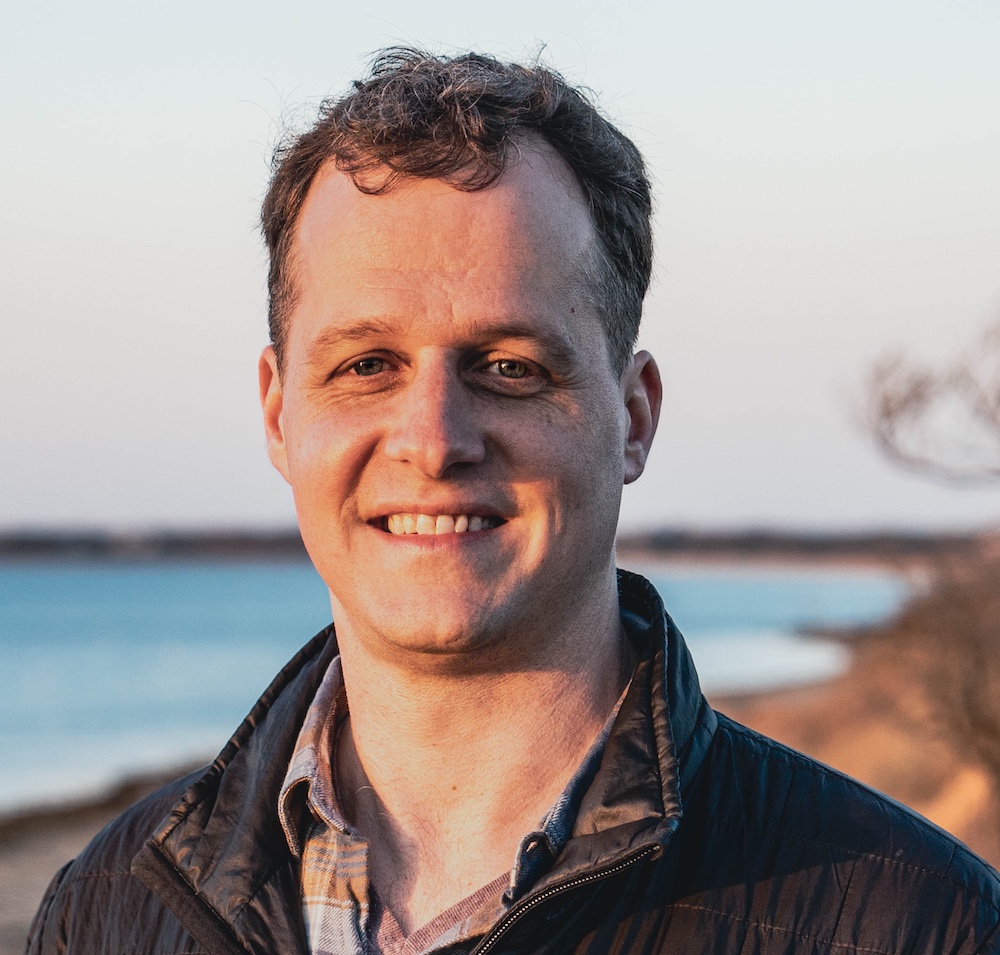Welcome to the PaleoLab at UMass Boston!
Unlocking Earth’s Secrets. Launched in 2023, our lab operates at the forefront of investigating Earth’s carbon and nitrogen cycles and their impacts on climate. Our team uses an unlikely ally – marine sediments, and more specifically, a group of microscopic fossils called foraminifera.
By studying these ancient ocean dwellers, we are able to unlock valuable insights into the intricate processes that shape our planet. From short-term changes occurring over the span of decades to long-term cycles spanning millions of years, our research unravels the intricate biogeochemistry of carbon and nitrogen and their relationship with Earth’s climate.
Through state-of-the-art techniques, we piece together the puzzle of Earth’s past and present, striving to build a better understanding of the complex mechanisms that drive our planet’s climate and ecosystems. The knowledge we gain from our investigations paves the way for innovative approaches to address the climate crisis.
Join us!
The PaleoLab has two fully-funded PhD positions starting in Fall 2024! UMass Boston’s application deadline is January 15, 2024; please contact Jesse for more information.


Who We Are

Jesse Farmer – Lab PI
Jesse is an Assistant Professor in Geology and Paleoclimate in the School for the Environment. He received his PhD from Columbia University’s Lamont-Doherty Earth Observatory. Outside of the lab, he’s an avid surfer. Jesse’s CV–updated 10/2023

Anh Le
Anh is a senior in the School for the Environment and the point person on setting up lab protocols for low-blank conversion of foram-bound organic nitrogen to nitrate. Anh recently adopted a stray kitten from Nantucket, where she spent the summer performing field work at UMass Boston’s Nantucket Field Station.

Ashley Pierce
Ashley is a senior in the School for the Environment working on forams from the Subantarctic South Pacific to understand the history of nutrient consumption in the Southern Ocean over the last 2 million years. Ashley enjoys gardening when she’s not cranking out her double-major in Environmental Sciences and Political Science.

Laura Senderovich
Laura is a senior in the School for the Environment working with forams from the Subantarctic South Pacific to understand how nutrient consumption in the Southern Ocean changed during the Mid-Pleistocene transition.

Charly Raymond
Charly is a junior in the School for the Environment working with forams from the tropical Pacific to understand the Pliocene-to-present history of marine denitrification. True to Colorado roots, Charly is an avid runner, hiker, camper, and outdoor enthusiast.

Anthony Nguyen-Hyunh
Anthony is a sophomore in the School for the Environment working on Arctic sediments covering the last 40,000 years and late Pleistocene sediments from the Subantarctic South Pacific.

Christina Murdock
Christina is a sophomore in the School for the Environment working on the history of the Bering Land Bridge using foraminifera from the western Arctic Ocean. Christina likes to spend her free time baking and prefers to make everything from scratch.

Emily Cruickshank
Emily is a sophomore in the School for the Environment working on reconstructing nitrogen cycling in the Southern Ocean during Marine Isotope Stage 11, a past warm interval. Emily has a black belt in martial arts, an essential skill for picking forams.

Ruggles
Our favorite four-legged blank problem. Ruggles might not be allowed in the lab but he cheers us on from the office. And tries to sneak into suitcases & conferences.
Current Projects
- Constraining past sea level and global ice volume by reconstructing the history of the Bering Land Bridge (NSF-2327031). Collaboration with Tamara Pico (UC Santa Cruz) and Danny Sigman (Princeton)
- Drivers of nutrient consumption change in the Subantarctic South Pacific and their role in Pleistocene climate evolution (NSF-2305427). Collaboration with Jennifer Middleton and Gisela Winckler (Columbia), Christina Ravelo (UC Santa Cruz) and IODP Expedition 383 Scientists
- Revisiting the history of Plio-Pleistocene tropical Pacific water column denitrification with foraminifera-bound nitrogen isotopes (NSF-2303549). Collaboration with Danny Sigman (Princeton)
- (in prep.) Past Arctic sea-ice coverage and stratification in warm climates: Insights from nitrogen isotopes and a new sea-ice proxy. Collaboration with Frankie Pavia (UW)
- (in prep.) Refining planktonic foraminifera carbon and nitrogen isotope paleoproxies: A Gulf of Mexico case study. Collaboration with Kaustubh Thirumalai (UA)
- (in prep.) Glacial-interglacial history of North Atlantic nutrient consumption: A missing link in the glacial CO2 story? Collaboration with Alex Auderset (Uni. Southampton)
Lab Setup
The PaleoLab possesses all necessary equipment for the preparation of environmental samples for trace-level element and natural abundance isotope measurements. Our specialty is sample preparation for nitrogen isotope analyses of carbonate-bound organic matter, carbonate boron isotopes, and carbonate trace element abundances. Notable new equipment includes:
• Milli-Q IQ-7000 ultrapure water system;
• Savillex DST-1000 for distillation of ultra-low N blank water;
• Esco 4′ horizontal laminar flow ULPA bench with Entegris prefilters for sensitive nitrogen isotope preparation;
• Savillex HPX-200 hotplate for chemical oxidation of organic nitrogen to nitrate;
• Clean Rooms International 4′ horizontal boron-free ULPA bench for carbonate B isotope and trace element preparation;
• Eppendorf 5804R refrigerated centrifuge;
• Two fume hoods, one each dedicated to N and B chemical work.
For measurements, we collaborate with internal and external laboratory facilities, including:
• UMass Boston’s Environmental Analytical Core Facility, which includes a Perkin Elmer NexION 2000 HR-ICP-MS, a Nu AttoM ES SF-ICP-MS, and a laser ablation introduction system;
• N isotopes: The Sigman Lab at Princeton University, the Organic Isotope Geochemistry Lab at Max-Planck Institute for Chemistry, and the Stable Isotope Biogeochemistry Lab at Boston College
• B isotopes: The LDEO-AMNH ICP-MS Lab and the Hönisch TIMS Lab at Columbia University
